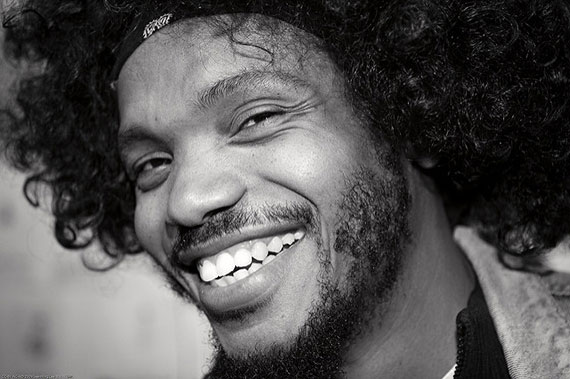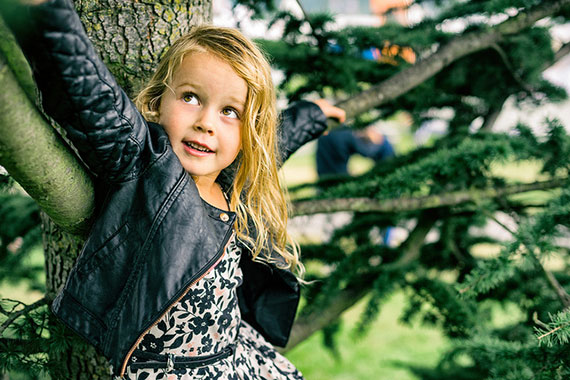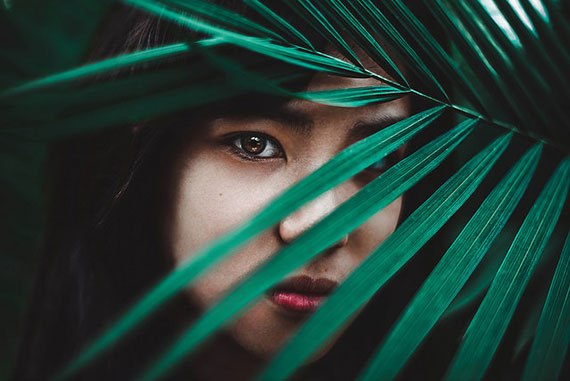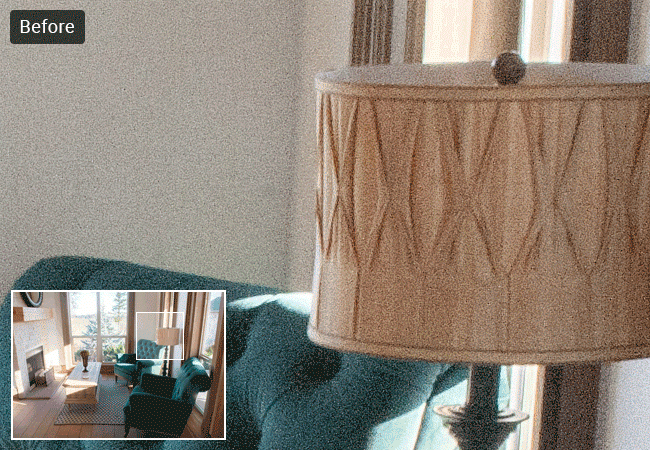Final reminder: only hours left to get Topaz DeNoise A.I. at 25% Off
Portraiture can be one of the most satisfying forms of photography for an enthusiastic amateur. The tips below can be of use whether you are using a digital compact, a DSLR camera, or a fully manual SLR.

Photo by See-ming Lee; ISO 100, f/2.8, 1/125-second exposure.
Simplicity
Background clutter will interfere with a good portrait. Similarly, use natural light where you can, and if you must use artificial lighting, use as little as possible.
Preparation
So you don’t keep your subject waiting, know which location you’re using. If shooting in a studio, have the lighting set up and the camera ready. Take some test shots before your subject arrives so that when they do turn up they won’t have to wait while you fiddle around.
Composition
It is important to master the rules before you choose to break them. One of the primary rules governing composition is the rule of thirds, which deals with where focal points, or points of interest, should be placed in a photograph.
In portrait photography, the primary area of interest is usually the eyes. Experiment by putting the eyes in the middle of the frame and then off centre to see for yourself. It can help if you imagine drawing a grid across your photograph, i.e. two vertical lines down and two horizontal drawn across the image, dividing it into nine equal squares. The four corners of the middle square in the grid make better locations for your focal points than do points with the square itself.
Again, experiment. In some shots, it might be best to place your subject dead centre, in others, on one edge.
Eye contact
The direction of a subject’s eyes has an enormous impact on a photograph. Having the subject return the gaze of the photographer can give a sense of connection for those viewing the image. However, focusing on something else can give a sense of mystery and engages the viewers in speculating as to what they are looking at, and what it is that is intriguing them, amusing them, or surprising them. An alternative is to have your subject looking at someone or something within the shot, which sets up a relationship or a story within the image and gives a second point of interest.

Photo by Merlijn Hoek; ISO 640, f/2.8, 1/320-second exposure.
Perspective
Portraits are most commonly taken at the same eye level as the subject. Playing around with the angle can give a completely different perspective, literally and metaphorically. For example, shooting down on your subject from above, or up at them from ground level can change the viewer’s perceptions of the subject’s power or vulnerability.
Lighting
It’s worth experimenting with lighting your subject, as there are boundless possibilities. Silhouetting, back-lighting, and side-lighting can enhance the atmosphere you are trying to create by emphasizing or hiding your subject’s features.
Action
Posed portraiture can look very unnatural. Photographing a subject doing something they love or spending time with friends or family can result in a much more natural image, especially if you can lurk at a distance using a powerful zoom lens. This works well with children and with people who are particularly self conscious.
Props
Adding a carefully chosen prop can both add insight to the subject and give the eye another point of interest within the image.

Photo by adri tan; ISO 100, f/1.8, 1/1600-second exposure.
Close Ups
A close up on a body part can be a powerful way of photographing a subject. A section of the face, the hands, or the feet can speak volumes about what has been left out.
Covering Up
Obscuring part of your subject’s face or body is another way to draw attention to or away from parts of your subject.
Continuous Shooting
Firing a number of shots at a time gives you either a series of images that work together or it can help you achieve one image that is natural. This is useful when you are photographing somebody engaged in an activity or when you’re working with fidgety children.
About the Author:
Miranda Wilson writes on behalf a camera retailer founded in Chicago in 1939.
For Further with Low Light Portraits, Deal Ending Tonight:
Noise reduction technology has basically been the same for a decade, with only minor incremental improvements here and there. DeNoise AI may be different: the Topaz Labs team fed an algorithm millions of noisy/clear images until it actually learned what noise is and how best to remove it.
It is currently 25% off for the launch sale which ends soon, plus our readers can save even more by using the coupon code picturecorrect at checkout.
Launch sale final day: Topaz DeNoise A.I. at 25% Off
Go to full article: How To Take Professional Quality Portrait Photography
What are your thoughts on this article? Join the discussion on Facebook
PictureCorrect subscribers can also learn more today with our #1 bestseller: The Photography Tutorial eBook
The post How To Take Professional Quality Portrait Photography appeared first on PictureCorrect.
